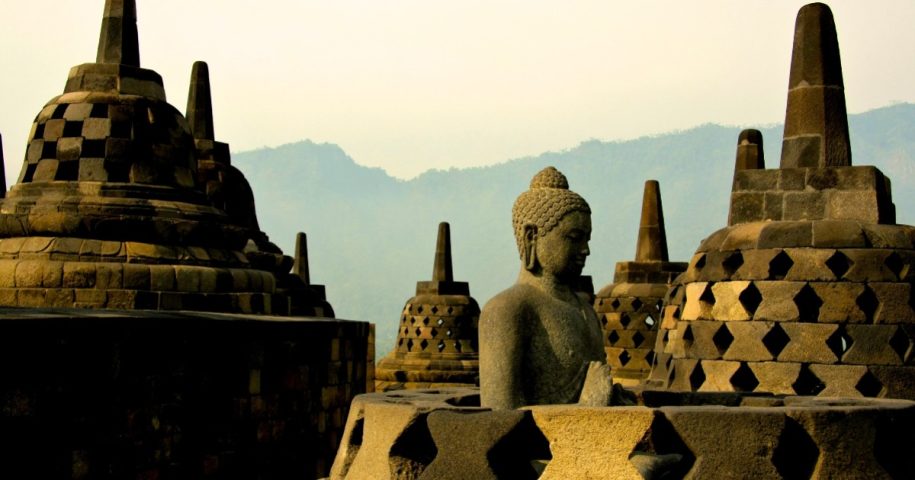Jakarta, the capital city of Indonesia, is a vibrant and bustling metropolis that has a lot to offer. The city is located on the northwest coast of Java Island and is home to over 10 million people. With its mix of modern and traditional cultures, Jakarta is a city that never sleeps, and is constantly evolving.
History
Jakarta has a long and varied history. It was originally a small harbor town called Sunda Kelapa and was part of the Kingdom of Sunda. In the 16th century, the Portuguese arrived and established a trading post in the city. Later, the Dutch East India Company took control of Jakarta and turned it into a thriving trading center.
During World War II, Jakarta was occupied by the Japanese, and in 1945, it became the capital of the newly independent Republic of Indonesia. Since then, Jakarta has undergone rapid modernization, with skyscrapers, shopping malls, and other modern infrastructure being built.
Culture
Jakarta is a melting pot of cultures, with influences from all over Indonesia and beyond. The city is home to a large Muslim population, and mosques can be found throughout the city. Other religions are also represented, and there are churches, temples, and other places of worship.
The traditional culture of Jakarta can be seen in the city’s cuisine, which includes dishes such as nasi goreng (fried rice), sate (skewered meat), and gado-gado (vegetable salad with peanut sauce). Jakarta is also known for its traditional arts, including batik (a type of cloth with intricate designs), wayang (puppetry), and gamelan (a traditional ensemble of instruments).
Attractions
Jakarta has a variety of attractions for visitors to enjoy. The National Monument, or Monas, is a 132-meter tower that symbolizes Indonesia’s struggle for independence. Visitors can take an elevator to the top for a panoramic view of the city.
Another popular attraction is the Old Town, or Kota Tua, which features colonial-era buildings and museums. The Jakarta Cathedral, Istiqlal Mosque, and the Chinatown area of Glodok are also popular tourist destinations.
For shopping, Jakarta has numerous malls and markets, including the Grand Indonesia Mall, Plaza Indonesia, and Tanah Abang Market. These places offer a variety of goods, from high-end fashion to traditional crafts.
Challenges
Despite its many attractions, Jakarta also faces several challenges. The city’s rapid growth has led to issues such as traffic congestion and pollution. Flooding is also a common problem during the rainy season, due to the city’s low elevation and inadequate drainage systems.
In recent years, the government has taken steps to address these issues. The city has implemented a bus rapid transit system and is working to improve its drainage systems. There are also efforts to reduce air pollution and promote more sustainable development.
Conclusion
Jakarta is a city of contrasts, with its modern infrastructure and traditional culture. Despite its challenges, the city continues to grow and evolve and remains a popular destination for tourists and business travelers alike. With its rich history, diverse culture, and numerous attractions, Jakarta is a city that has something for everyone.


Leave a Reply